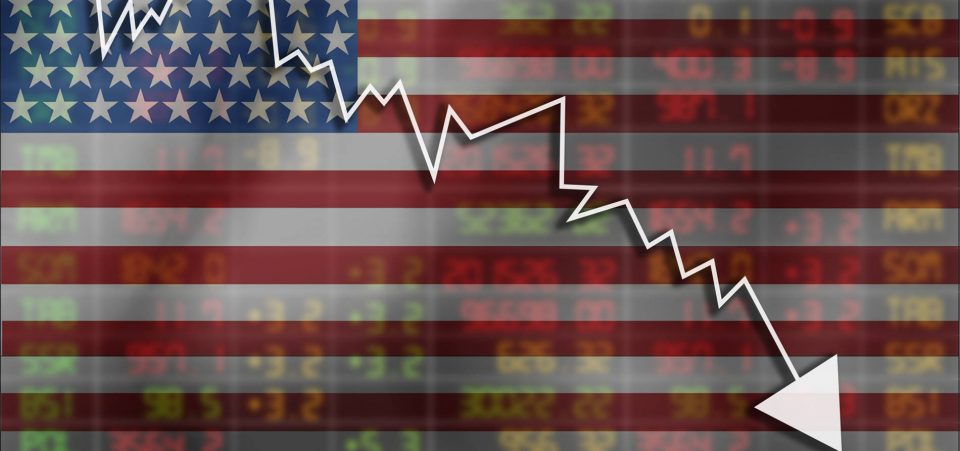The United States economy is struggling, and the outlook for 2017 is anything but good. In fact, a recession is very likely next year.
First, from a historical perspective, the U.S. economy is performing poorly. For years, we had three percent annual growth in our economy, as measured by U.S. gross domestic product (GDP). That all stopped seven years ago.
Since the financial crisis of 2008, and despite the U.S. Federal Reserve continuing to keep interest rates at historical lows while having printed trillions of dollars in new money, we have not seen real growth in the U.S. economy. The chart below shows U.S. GDP growth since the 1950s. The gray shaded areas are recessions.
Chart courtesy of Federal Reserve Bank of St. Louis
In all cases since 1950, whenever we had a recession, we recovered to three percent or more economic growth quickly, except for the period following the 2008 recession.
Consumer consumption makes up two-thirds of U.S. GDP, and consumers are still suffering after the 2008 recession. Here are some issues of concern:
- The use of food stamps in the U.S. economy remains rampant. In July 2016, there were over 43 million American who were using food stamps. (Source: “Supplemental Nutrition Assistance Program,” United States Department of Agriculture, last accessed November 2, 2016.)
- The savings rate in the U.S. economy continues to dwindle. In the third quarter, personal savings as a percentage of disposable income stood at 5.7%, meaning that Americans were saving 5.7% of their disposable income. Go back a little, near the end of 2012 and it was as high as 9.7%. (Source: “Personal saving as a percentage of disposable personal income,” Federal Reserve Bank of St. Louis, last accessed November 2, 2016.)
- A large number of Americans are living in homes with negative equity, meaning their mortgage is worth more than the value of their house. In the second quarter of 2016, 13.7% of homeowners in urban regions and 11.2% of homeowners in suburban regions had negative equity! In Las Vegas, 19.5% of homeowners live in a home with negative equity. (Source: “Five Years into Housing Recovery, Negative Equity Still Affects more than 1 in 10 Homeowners,” Zillow Group Inc., August 18, 2016.)
U.S. Economy’s Outlook for 2017
I expect the Federal Reserve to raise interest rates by one-quarter of a percentage point this coming December. While this interest rate hike is important to fend off rising inflation, it will put more pressure on already-stressed consumers.
A new president, rising interest rates, a stock market near a record high (with nowhere to go but down), and contracting corporate earnings all make the case for a recession in 2017.







